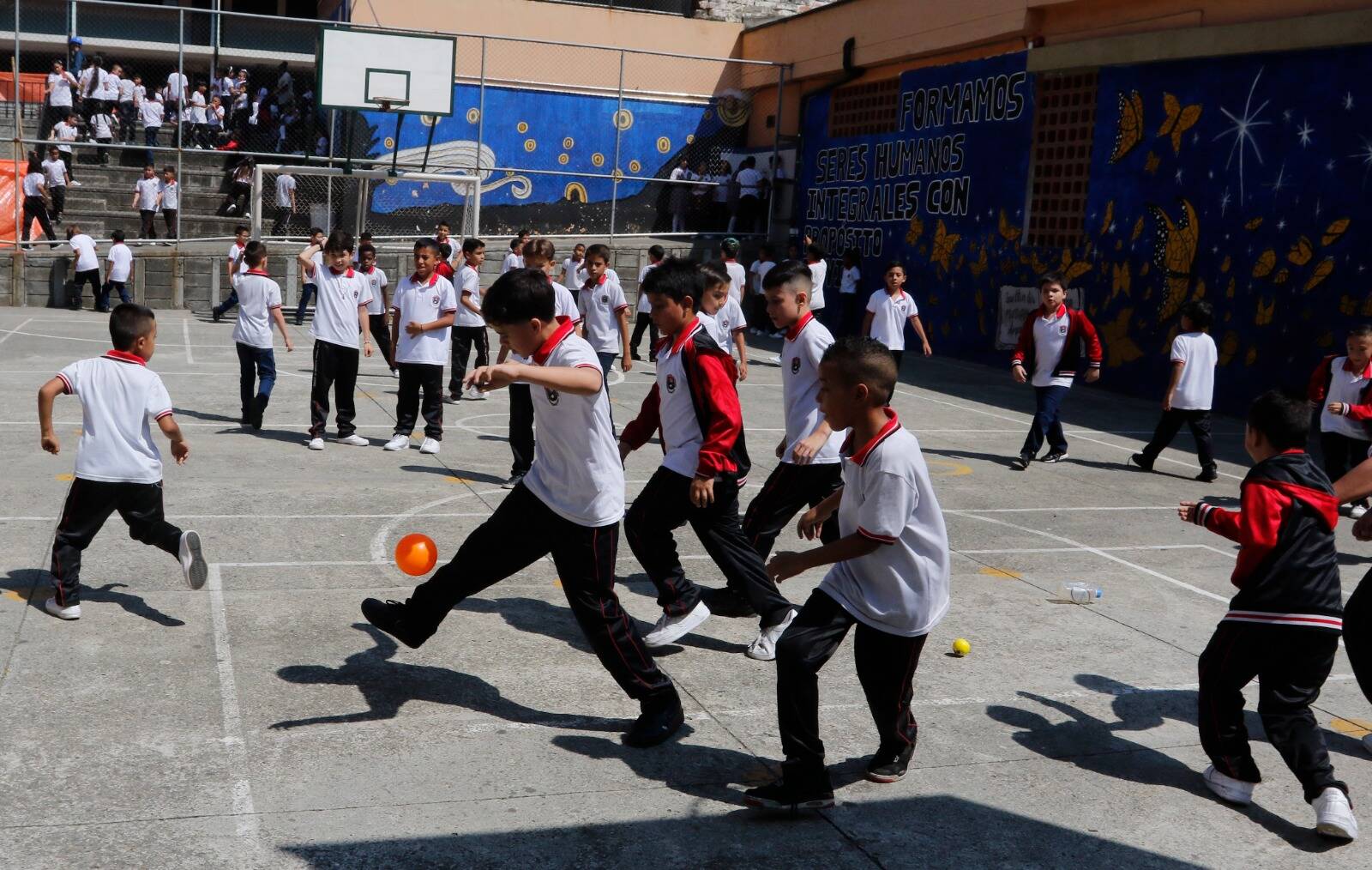Colombian legislation prohibits schools from expelling students who fail to comply with a particular rule.

The school coexistence manuals in Colombia usually have certain stipulations related to the personal appearance that their students must have .
In some cases, there are quotes such as this: “minor offenses: miswearing the uniform; for women: makeup, hair dye, extravagant accessories, short skirts; tattoos, jewelry, piercings; for men: outlandish haircuts, long hair, earrings, piercings, tattoos, hair dyed in extravagant colors, makeup.”
What can schools legally require? To what extent can residential manuals prohibit or require certain types of clothing in their residential manuals?
According to jurist Alexander Pinzón, "Article 87 of Law 115 of 1994, the General Education Law, gives schools the right to establish their own manual of coexistence, with its rules, which establish the rights and responsibilities of the institution and its students, including dress codes, especially the use of uniforms."
But the lawyer adds: “ These manuals, however, have legal and constitutional limits, and one of them is that they cannot violate fundamental rights , such as the right to free expression or the free development of personality. And in this regard, the Constitutional Court has a vast repertoire of rulings reminding schools that they cannot overstep their boundaries or violate the rights of their students.”
The Court itself even recalls verbatim in most of its rulings and protections on the matter that "constitutional jurisprudence has addressed on multiple occasions the issue of the limits of educational establishments' coexistence manuals, in terms of the imposition of sanctions and prohibitions regarding students' decision to opt for a certain physical appearance, particularly through the choice of a specific haircut, through the use of ornaments and makeup."

Students from public educational institutions in Medellín. Photo: Jaiver Nieto / EL TIEMPO
He adds: "This is because, in most cases, the aforementioned restrictions come into conflict, even to the point of violating, with fundamental rights, especially the free development of personality."
That is, the school manuals may set standards and responsibilities regarding dress code, but they may never violate students' rights . Thus, this is what an educational institution can and cannot prohibit regarding uniforms:
Uniform and religious identity In 2011, the case of three young women belonging to the United Pentecostal Church of Colombia became known. According to their religious beliefs, as women, they were only supposed to wear skirts.
However, they were studying at a higher education college that, for a certain academic year, required pants as the uniform, even for women. The young women were denied enrollment for this reason.
In ruling T-832 of 2011, the court ordered the institution to restrain the young women and allow them to wear skirts.
In this way, it was established that uniforms cannot violate a person's religious identity, as this is part of the free development of personality.
Use of uniform for economic reasons In 2022, a school in Bogotá denied entry to a student because she wasn't wearing white sneakers, as required by the school's school manual. In response, Directive 07 of 2010 of the Ministry of Education established the conditions for requiring school uniforms.
According to the document, a student's lack of financial means to wear the uniform cannot be grounds for denying a place or attendance at a school.
This is made clear in Circulars 03 of 2014 and 07 of 2016. The first of these documents states verbatim that “the lack of uniform for economic reasons cannot prevent participation in academic activities.”
What they can demand Schools can establish uniform usage guidelines in their school manuals, including designs, colors, footwear styles, and other requirements. They can also specify the days on which the daily uniform and sweatshirt are worn, as well as how these items should be worn by students (knee socks, ties, polished shoes, etc.).
More newseltiempo




